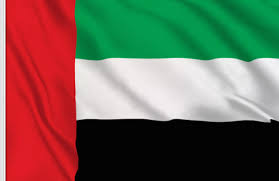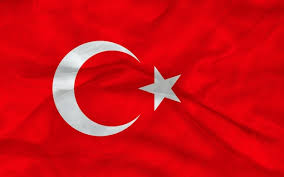The Middle East was a key component of the 2024 BRICS Heads of State Summit, with considerable diplomatic engagement concerning the on-going crisis. Just one day after the Iranian delegation returned from Russia, Israel attacked Tehran. The Palestinian President was also invited to the summit as was the UN Secretary-General. However, apart from the security aspect, BRICS expansion was also on the agenda, with Turkiye, a NATO member, being granted ‘BRICS Partner’ status with a view to becoming a full member in 2025. We discuss these issues on a multilateral basis as follows:
Iran

Iran joined the BRICS group as a full member from January 1 this year, and sent a sizeable delegation led by the President, Masoud Pezeshkian. Based on individual country analysis, we estimate that Iran’ s 2024 total Iran-BRICS trade is valued at about US$45-50 billion. Iran is a major energy supplier to China and India. We discussed Putin’s bilateral meeting with Pezeshkian here.
UAE

The United Arab Emirates (UAE) joined the BRICS as a full member from January 1, and sent a delegation headed by the UAE President, Prince Mohamed bin Zayed Al Nahyan. The UAE is among the major trading partners of BRICS nations, with non-oil trade between them amounting to approximately US$93.2 billion annually, accounting for over 20% of the UAE’s non-oil trade value. Including oil, that value jumps to about US$190 billion. UAE investors have recently taken an equity stake in the Moscow Stock Exchange. We discussed Putin’s bilateral meeting with Prince Nahyan here.
Turkiye

Turkiye bought a sizeable delegation to the BRICS Summit, led by President Recep Erdogan. During the event it was given the status of ‘BRICS Partner’, and is expected to be confirmed as a full member in 2025. If this occurs, Turkiye will be the first NATO member to join the bloc, which Ankara has now stated offers ‘better opportunities than the European Union’. Turkish trade with the collective BRICS is valued at about US$95 billion and has been growing. That compares with Turkish trade with the EU at about US%120 billion. Turkiye has also been positioning itself as a conduit between Russia and the EU, which allows it to refine Russian oil and resell it to Europe. That trade is also increasing. Russia also wants to establish logistics centres on Turkiye’s Azov and Black Sea coasts. We discussed Putin’s bilateral meeting with Erdogan here.
Saudi Arabia

Saudi Arabia sent a trade delegation to the BRICS Summit. They are still to ratify a 2023 invitation to join as a Full Member, mainly due to the on-going Middle East crisis and concerns about Iranian involvement. However, they do participate in BRICS discussions. Based on individual country data, Saudi-BRICS trade is currently about US$170 billion.
Palestine

Palestine sent a diplomatic delegation to the BRICS summit headed by President Mahmoud Abbas, which also gave him the platform to discuss the current situation as concerns Israel with other world leaders. Much of the discussions focused on humanitarian aid, UN recognition, and post-conflict reconstruction. We discussed Abbas’ bilateral meeting with Putin here.

BRICS Declaration About The Middle East Crisis
The ‘Kazan Declaration’, signed by all BRICS Heads of State, contained substantial statements concerning the Middle East crisis, the first time that this event has significantly focused in geopolitical affairs. In this instance, it means that the BRICS intends to develop no just as a trade platform but an institution where global affairs can be freely discussed without interference from the United States or Europe. This is a significant political change, especially as the West has become more elitist in whom it considers dialogue with.
In the declaration, the BRICS leaders supported the establishment of the sovereign State of Palestine within the internationally recognized 1967 borders, and its admission to the United Nations. This is a position that places it completely opposite the Western viewpoint.
Other Countries
Please also see our recent updates on Russia’s relations with Jordan here, the Lebanon here with Syria here and with Yemen here.
Further Reading





